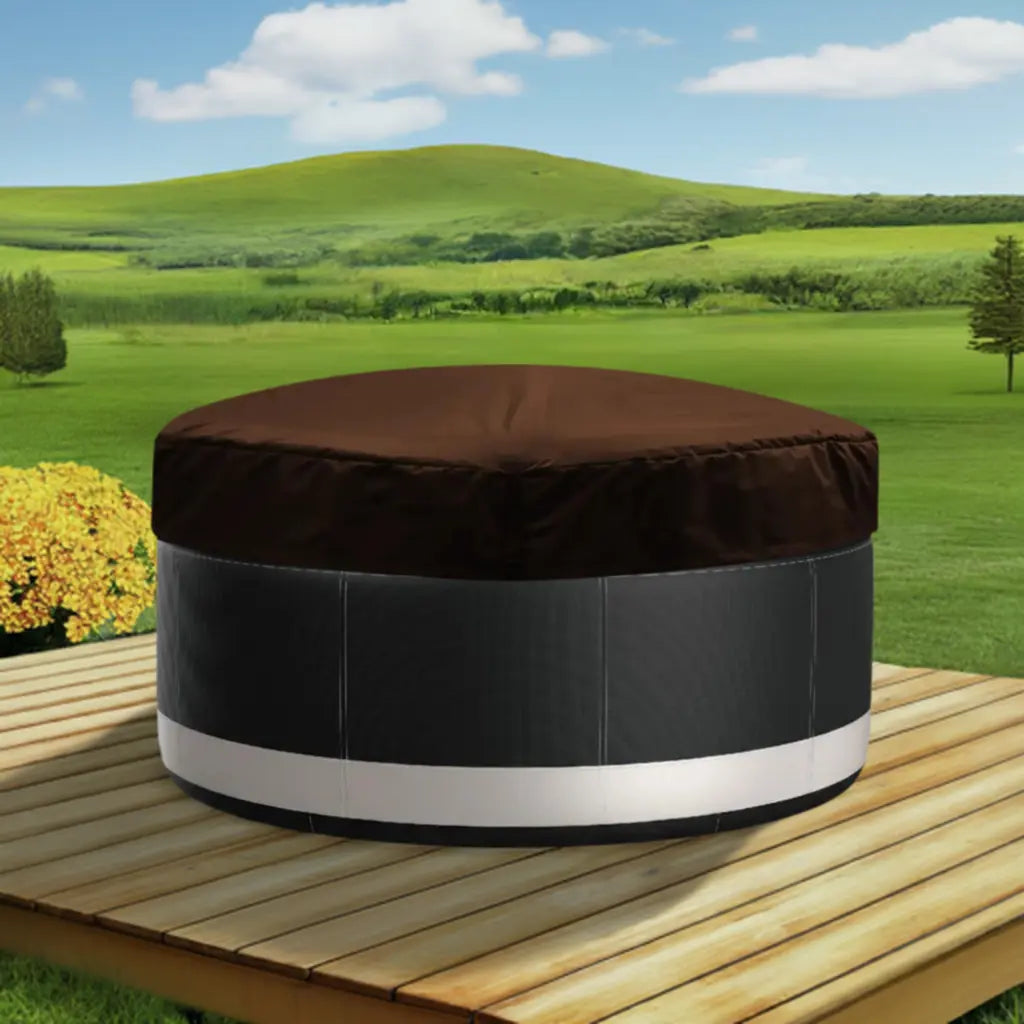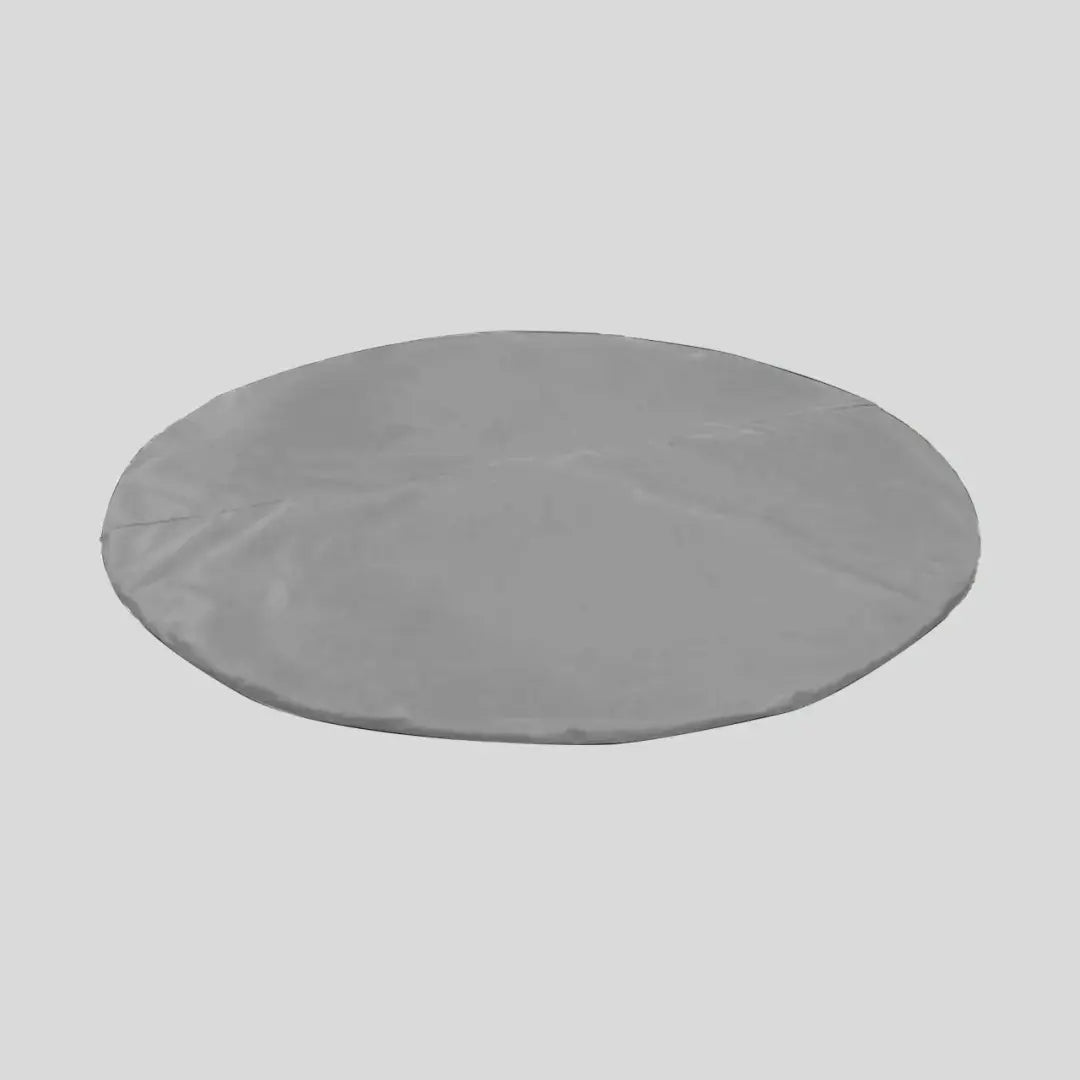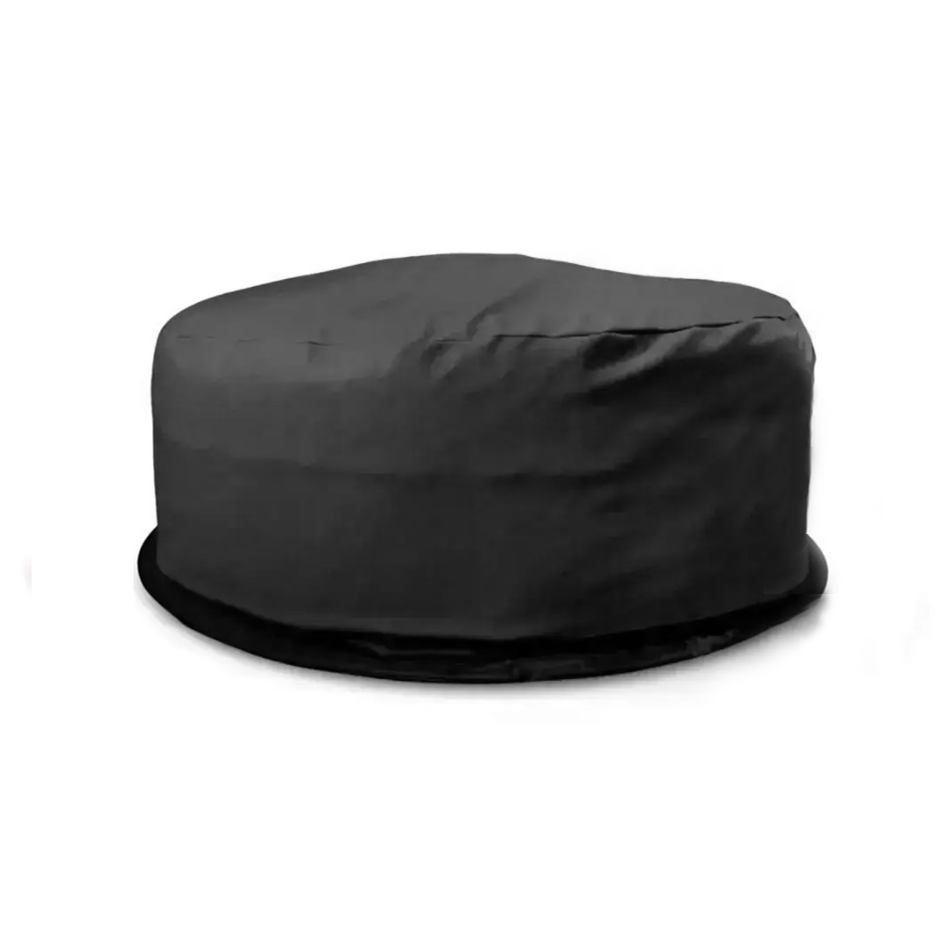"Movement is a medicine for creating change in a person's physical, emotional, and mental states," said Carol Welch. With this belief, we look at hot tub therapy and its benefits for joint health. The warmth surrounds you, and the water's gentleness makes you feel light and relaxed. Using a hot tub is more than just for fun—it's a healing place for those looking to improve their joint mobility.
We are examining the healing effects of hot tub therapy. It's a warm hug that boosts health and flexibility. It offers a peaceful break that eases the body and feeds the spirit. It brings comfort and helps restore movement for people with joint problems.
Key Takeaways
- Hot tub therapy can significantly improve joint mobility and overall joint health.
- The combination of heat and hydrotherapy offers a therapeutic retreat, aiding in the relief of arthritis pain.
- Regular hot tub use is associated with numerous health benefits, including reduced joint stiffness and pain.
- Understanding the power of heat in hot tub therapy may offer a natural approach to enhancing joint function.
- Hot tubs not only offer relaxation and comfort but also serve as a tool for achieving better joint mobility.
The Therapeutic Fusion of Heat and Hydrotherapy
Hot tubs offer more than just a way to unwind. They're a powerful form of therapy. Heat therapy and hydrotherapy come together in hot tubs. They make it easier to move your joints and reduce pain, especially with knee osteoarthritis. This combo of warm water and massage can ease your stress and help your joints.
Understanding the Dual Benefits of Hot Tubs
Soaking in a hot tub helps you in two big ways if you have joint problems. The mix of heat and water therapy in a hot tub works well to make you feel better. Heat relaxes muscles and improves blood flow. Hydrotherapy uses water to massage your body, helping ease knee osteoarthritis stiffness.
Research on Heat Therapy for Knee Osteoarthritis
Recent research highlights how hot tubs are great for dealing with knee osteoarthritis. They help lessen pain and make movements smoother. Below, we've got a table showing just how helpful hot tubs can be for knee osteoarthritis:
| Study Parameters | Outcomes |
|---|---|
| Heat Therapy Duration | Consistent usage over weeks showed a reduction in joint pain and increased mobility |
| Hydrotherapy Sessions | Participants reported significant improvements in knee strength and function |
| Long-term Benefits | Extended relief from symptoms, suggesting potential for lasting results with regular use |
| Quality of Life | Improved overall well-being and daily activity levels in individuals with knee osteoarthritis |
If you're trying to ease knee joint pain, a hot tub might be the perfect solution. It offers both therapy and a touch of luxury. This one activity could change how you manage your knee osteoarthritis.
Unpacking the Benefits of a Joint Health Hot Tub
Many have found benefits in hot tubs for better joint health. It's not just for luxury; it's a treatment. It helps those with arthritis and muscle relaxation. Let's explore how a joint health hot tub aids in better health and well-being.
Arthritis Relief: A hot tub is a soothing place for arthritis sufferers. In it, joint pain lessens and flexibility increases. The water's lightness also makes you feel weightless, easing joint pain.
Muscle Relaxation: Hydrotherapy isn't just for joints but also relaxes muscles. Hot tub water boosts blood flow and lessens muscle tightness, easing spasms after exercise or a long day.
- Improves circulation, aiding in the healing of injured tissues
- Decreases tension in the body, contributing to better sleep
- Allows for greater range of motion, supporting daily functions
Using a joint health hot tub regularly has many benefits. It's a natural therapy. It can greatly improve joint flexibility, reduce inflammation, and enhance your life. This is thanks to the heat, lightness, and massage from the hot tub.
"The gentle, consistent pressure of hot tub jets on afflicted areas provides a massage-like experience, contributing to deeper muscle relaxation and aiding the body's natural healing processes." — Physical Therapy Association
In managing arthritis, hot tubs are very promising. They support traditional treatments well. With a joint health hot tub, the arthritis relief and muscle relaxation offered are key. It proves the healing power of warm water.
Hot Tub Hydrotherapy for Rheumatoid Arthritis Relief
The soothing touch of hot tub hydrotherapy is seen as a helpful add-on to regular treatments for rheumatoid arthritis relief. When joint swelling and severe pain occur, sufferers look for effective pain relief that doesn't rely on more medication.
2018 Study Insights: The Impact of Spa Therapy on RA
A major 2018 study confirmed spa therapy's role in managing rheumatoid arthritis symptoms. Science has shown it's helpful, with an amazing 99% of those taking part finding benefits from mineral baths and physical therapy. This was more effective than the 89% who only did physical therapy without the benefits of soaking in a hot tub.
Improving Joint Swelling and Alleviating Pain
More studies on balneotherapy, bathing in mineral waters to fight rheumatoid arthritis, showed benefits from 20-minute sessions in water at 95-100 degrees F. The heat and minerals help reduce joint swelling and offer pain alleviation for many. Adding three cups of Epsom salts to a full tub of water is suggested to get similar benefits from home.
While a hot tub isn't a cure-all for rheumatoid arthritis, it provides a space for easing symptoms. Thanks to ongoing research, hot tub hydrotherapy is a valuable support for better wellbeing among those with chronic joint problems.
Inflatable Hot Tubs: A Convenient Option for Pain Relief
Inflatable hot tubs are designed for both practicality and comfort. They are gaining popularity for easing arthritis pain. They offer a place to relax and ease pain. Their portability means they are easy to set up and look after, unlike stationary hot tubs.
Portability and Ease of Use in Inflatable Hot Tubs
Inflatable hot tubs excel in portability. They can be moved and installed wherever you like easily. Set them up in your garden, patio, or even take them on holiday. They can be ready to give warmth and comfort wherever you are. Their adaptability makes them a great choice for managing pain and symptoms of arthritis.
How Inflatable Hot Tubs Aid in Managing Arthritis Symptoms
Inflatable hot tubs create a warm and buoyant space that benefits those with arthritis. The warmth helps increase blood flow and eases pain. The water's buoyancy reduces joint pressure. It supports gentle exercise to help manage pain.

| Feature | Benefit |
|---|---|
| Warm Water Therapy | Reduces joint inflammation and alleviates pain |
| Buoyancy | Lessens weight on joints, aiding in flexibility and movement |
| Massage Jets | Targets arthritis symptoms by soothing painful areas |
| Accessibility | Can be set up in various environments due to portability |
Exploring Alternative Forms of Heat Therapy
Hot tub therapy helps with joint health, but there are other alternative heat therapy options. Warm water therapy is great for those with arthritis. It provides a soothing experience that reduces joint inflammation and eases pain.
If you're looking for arthritis treatment outside of a hot tub, consider other warm water methods. Soaking in a warm bath can relax muscles and boost blood flow, which helps with arthritis pain. Using heat packs on sore areas can also relieve muscle tension and improve joint movement.
Warm water therapy offers various methods that can be customised to suit individual needs, making it a flexible option for managing arthritis pain.
Here are some key alternative heat therapies for easing arthritis symptoms:
- Warm showers – They boost blood flow and help with relaxation, thanks to adjustable temperatures.
- Warm water baths – Full-body heat exposure helps ease joint stiffness gently.
- Heat packs – Apply them directly to reduce inflammation and soothe pain.
- Electric heating pads – They provide adjustable, consistent heat for relief.
- Heated pools – Ideal for low-impact exercises, improving joint movement.
Trying out these alternative heat therapy methods can give you many ways to manage arthritis symptoms. This ensures you can find a warm water therapy option that fits your needs and lifestyle perfectly.
Precautions and Risks of Hot Tub Use
Hot tubs are great for relaxation and wellness. But, it's vital to know the hot tub precautions to avoid risks. This means being aware of issues like overheating and skin irritation. Also, keeping an eye on water quality and doing regular maintenance is essential.
Understanding the Risk of Overheating and Skin Irritation
Staying too long in a hot tub can cause overheating. You might feel dizzy, sick, or even get heat stroke. So, it's important to watch how hot the water is and how long you stay in. Also, skin irritation can happen, often from the water's chemicals or being in the hot water too much. Drink plenty of water, don't stay in too long, and check the water's chemicals to avoid these problems.

Hot Tub Water Quality and the Importance of Regular Maintenance
Good water quality is key for your health and your hot tub's life. This means doing regular maintenance like testing the water, adjusting pH levels, and changing filters when needed. If you skip these steps, you might end up with cloudy water, bacteria, and an unsafe hot tub. Setting up a maintenance routine can keep your hot tub safe and enjoyable.
To keep enjoying your hot tub, pay close attention to maintenance and safety steps. This will help avoid risks and make sure every soak is safe and refreshing.
Maximizing Hot Tub Insulation for Effective Therapy
Getting to know how hot tub insulation works is key for a great spa experience. A hot tub that keeps heat well gives stronger effective therapy. This is because it keeps the temperature just right. It makes sure things are cosy and gives a stable warmth for people with joint problems.
To pick a hot tub, think about how well it keeps heat. Hot tubs that keep heat well don't need as much power to stay warm. This cuts down on power bills and is better for the planet.
- Review the type of insulation: Full-foam insulation compared to partial foam or reflective barriers.
- Consider the cover: A high-quality, well-fitted cover is a key ally in preventing heat loss.
- Check for integrated heat retention features: Some models come with extra layers or materials designed to trap heat.
If you live in a cold area or care about the planet, pick a well-insulated hot tub. It will keep the heat needed for your health. And, it will use less energy, saving money and keeping your spa time peaceful.
Optimal hot tub insulation means good sustainability and therapy. It keeps the heat steady for those important moments of rest and healing.
Efficient insulation in hot tubs is a must, not a fancy add-on. It helps the spa work better for therapy. Good insulation spreads the heat evenly. This really helps people with joint pain and other issues.
Hot Tub Features that Enhance Joint Health Benefits
Hot tubs with special features are great for arthritis care. They offer enhancements that provide joint health benefits. Studies prove these features can reduce pain for those with arthritis. A 2010 study found heat therapy lowered pain and helped knee osteoarthritis sufferers move better.
Targeted Jets and Customizable Massage Settings
Targeted jets and customizable massage settings in hot tubs target painful areas. This results in effective pain relief. A 2018 study showed that spa therapy can cut down joint swelling in rheumatoid arthritis. It may improve joint movement and comfort.
Optimal Water Temperatures for Joint Comfort
Keeping the water at the right temperature is key for joint relief. It soothes pain but needs to be right for people with specific conditions. Warm water boosts blood flow and eases arthritis symptoms. However, the temperature should be carefully watched to avoid skin issues.
Looking for more info on hot tubs for arthritis? Check out Medical News Today for insights. Always talk to healthcare experts to use hot tubs safely for joint health.
FAQ
What are the benefits of hot tub therapy for joint health?
Hot tub therapy uses heat and water movement to ease arthritis pain. It also helps make joints move more freely.
How do hot tubs contribute to joint health?
By mixing heat with water therapy, hot tubs boost joint health. They make you feel better overall.
Is hot tub therapy effective for knee osteoarthritis?
Yes, studies prove hot tub therapy aids in treating knee osteoarthritis. It's a helpful method for managing this ailment.
What are the comprehensive benefits of a joint health hot tub?
Joint health hot tubs offer arthritis relief and muscle relaxation. They also enhance overall joint function.
Can hot tub hydrotherapy help with rheumatoid arthritis?
Hydrotherapy in hot tubs provides relief for rheumatoid arthritis by reducing swelling and pain.
Are inflatable hot tubs suitable for pain relief and joint health benefits?
Inflatable hot tubs are a great choice for easing pain and enhancing joint health. They're portable and simple to operate, reaching many users.
Are there alternative forms of heat therapy for arthritis treatment?
Yes, warm showers, baths, and heat packs are effective heat therapy forms. They help alleviate arthritis symptoms.
What precautions should I take when using a hot tub for therapy?
Be mindful of overheating and skin issues in hot tubs. Keeping the water clean and the tub in good condition is key.
How does hot tub insulation contribute to effective therapy?
Proper insulation in hot tubs keeps the heat in. This makes therapy more effective. Pick a well-insulated hot tub for the best joint health results.
What features of a hot tub enhance joint health benefits?
Features like special jets and adjustable massage options target joint problems. The right water temperature also aids in joint therapy.



























